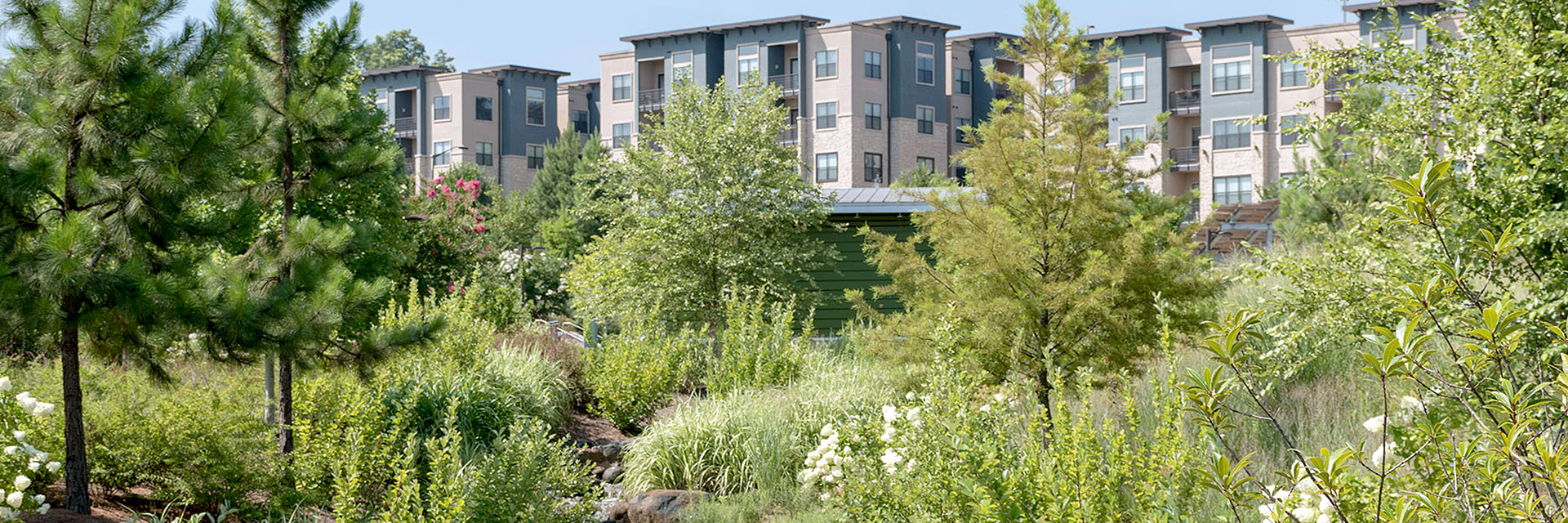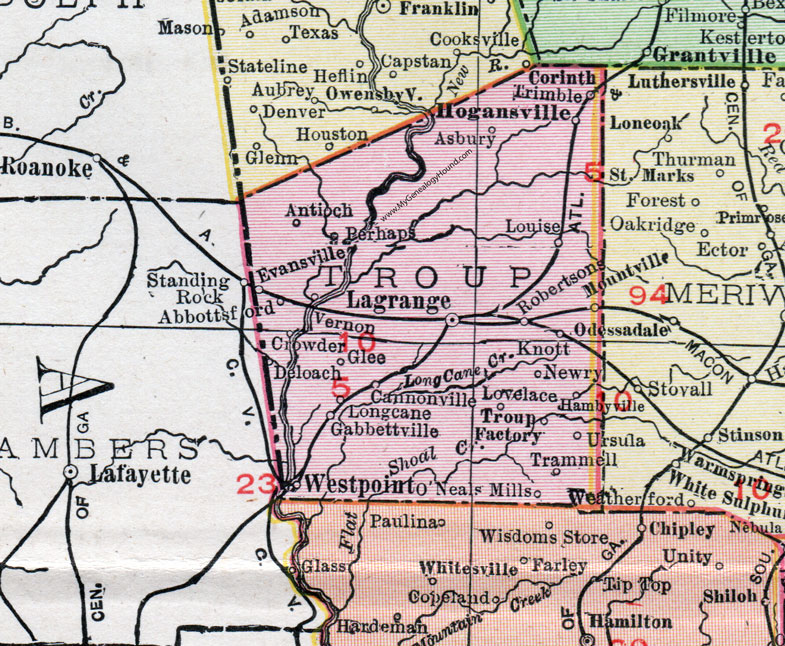Troup County, GA Strategic Plan
Sponsor: Troup County GA and its Cities | May 2007-June 2009
In June 2007, leaders in Troup County and the cities of LaGrange, West Point, and Hogansville kicked off a two-year strategic planning initiative to create a framework for sustainable development. The goal of the effort was to develop innovative strategies for promoting quality growth, fostering healthy economic development, enhancing the quality of life of residents, and protecting Troup County’s natural environment, sense of place, and community.
The lead organizations, contracted with Georgia Tech to assist the community in this assessment and planning process. Through its Enterprise Innovation Institute (EI2) and Center for Quality Growth and Regional Development (CQGRD), Georgia Tech conducted research, assessments, and strategy development in support of this initiative. More than 200 individuals in Troup County participated in the assessment and development process. The final document was published in August, 2008 and action items with task assignments completed in August, 2009.


